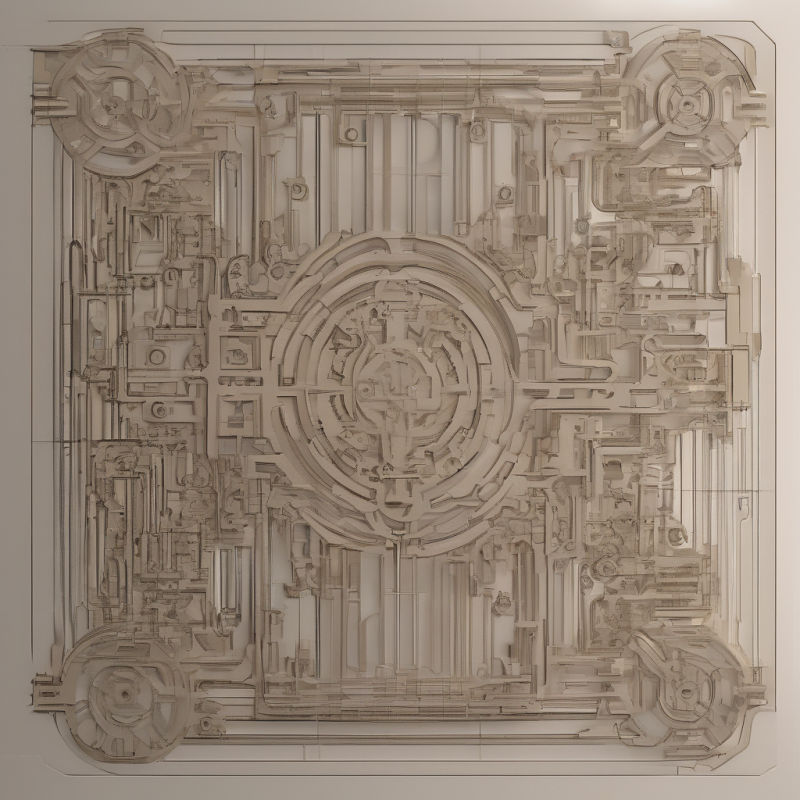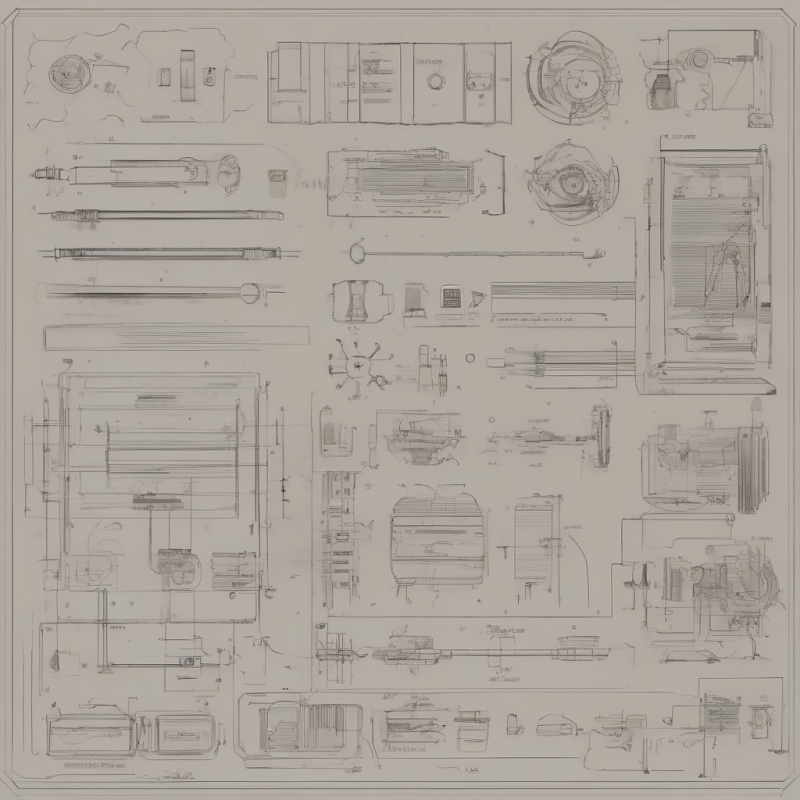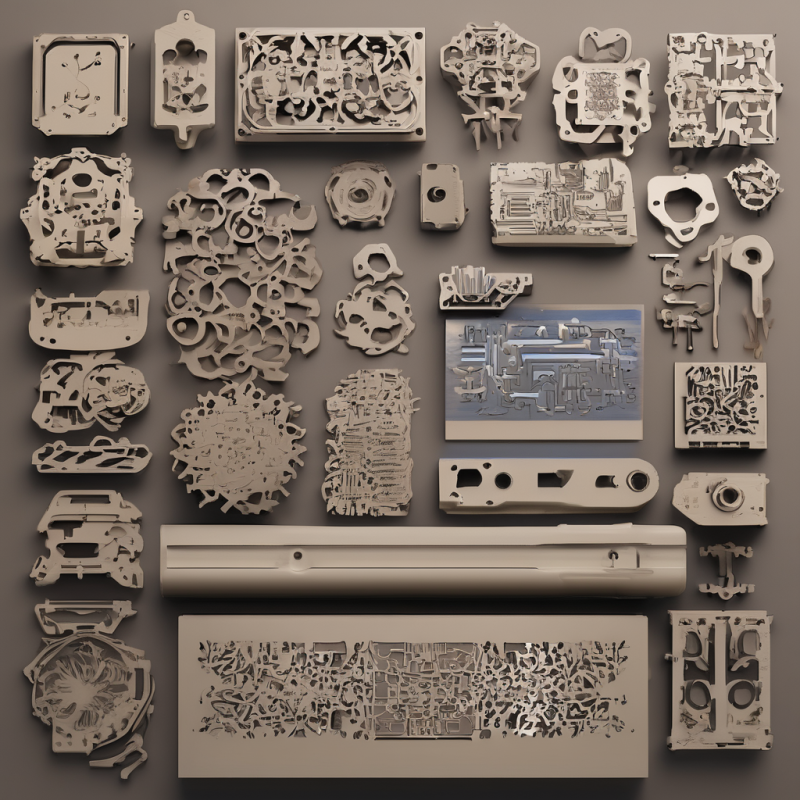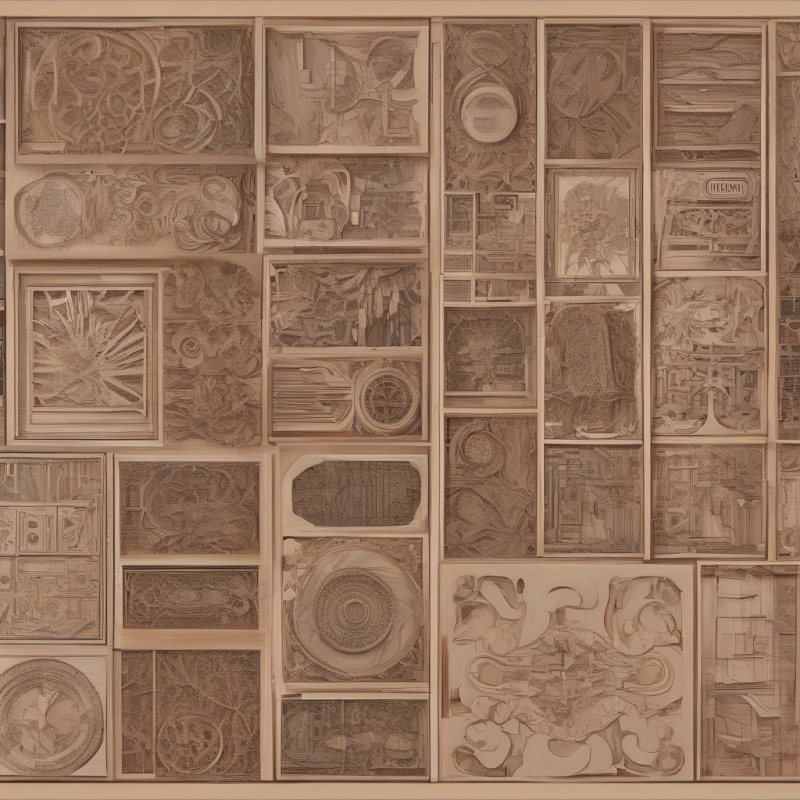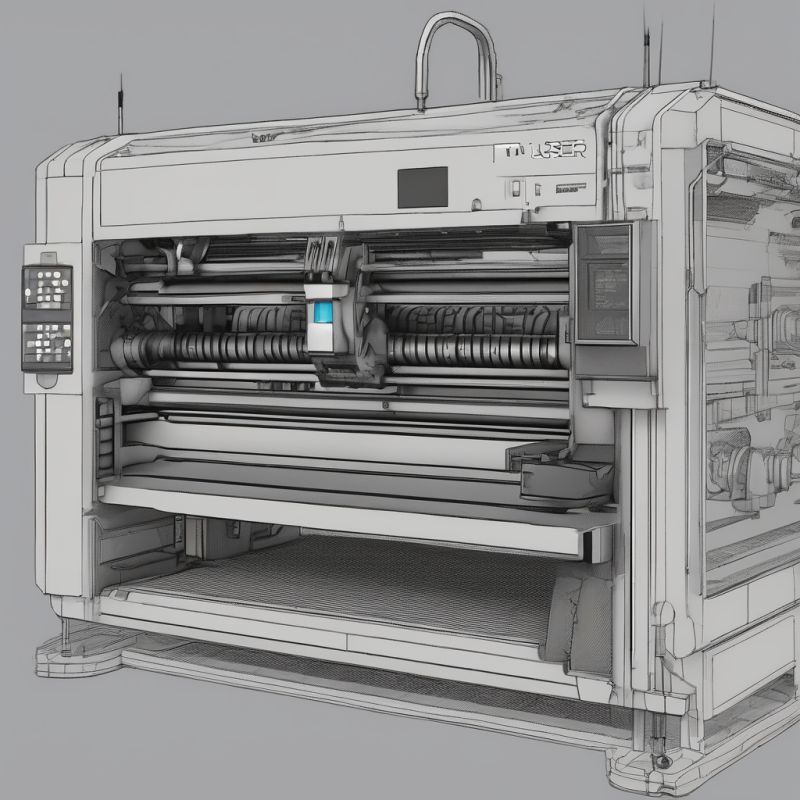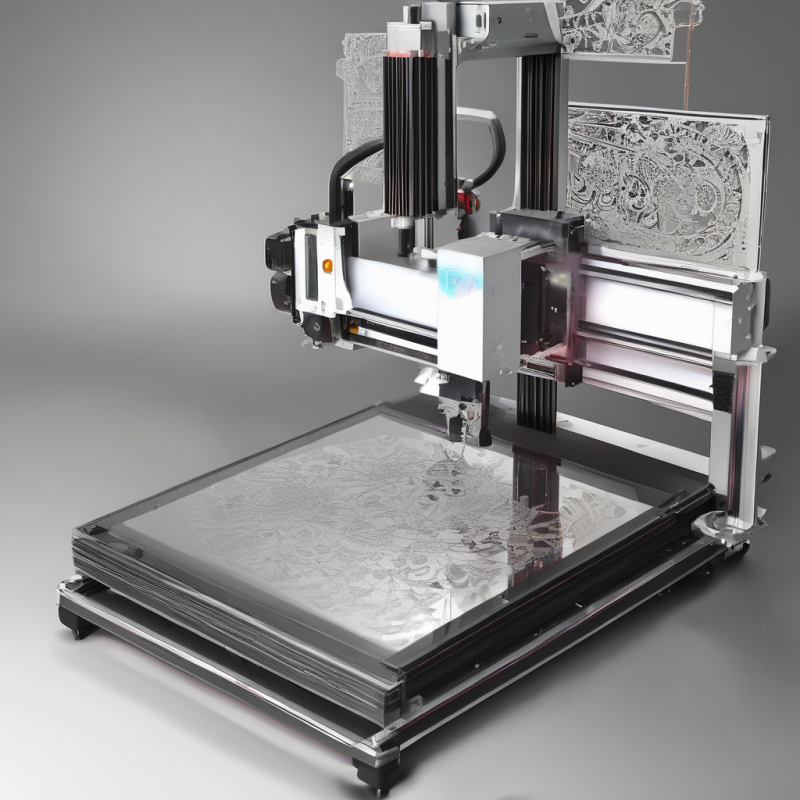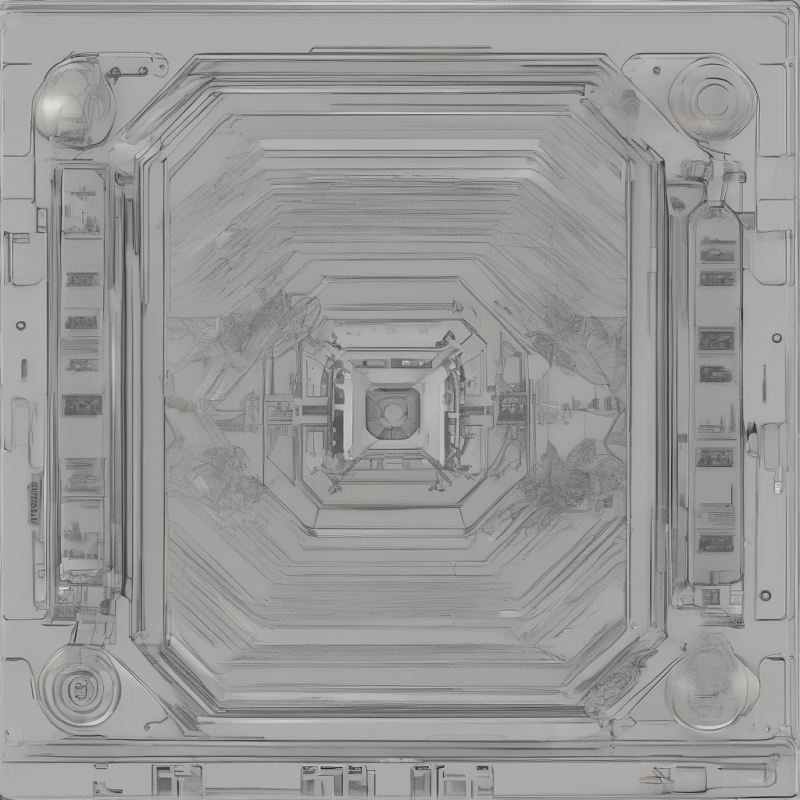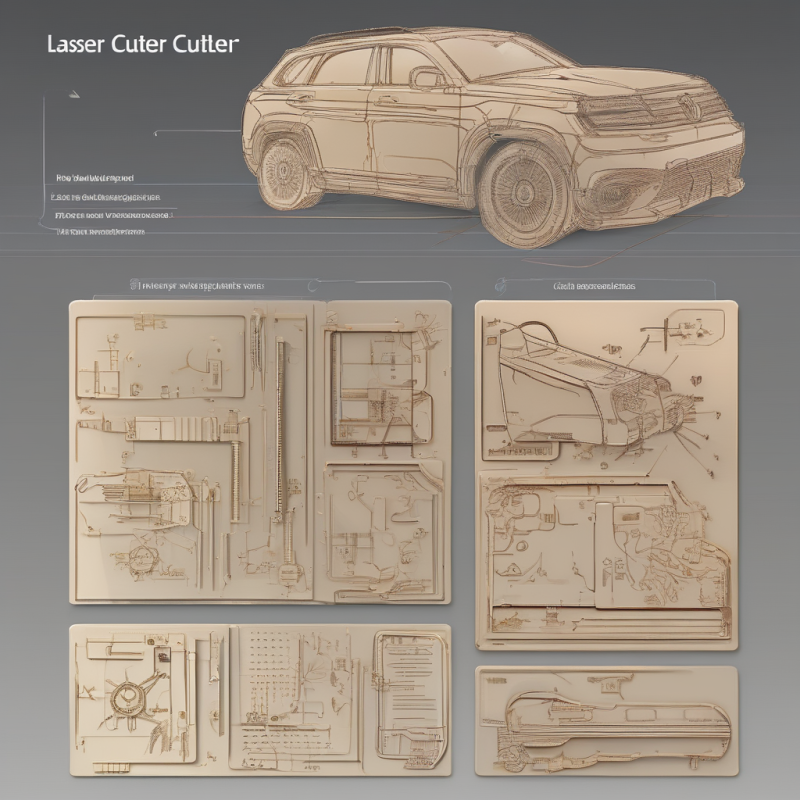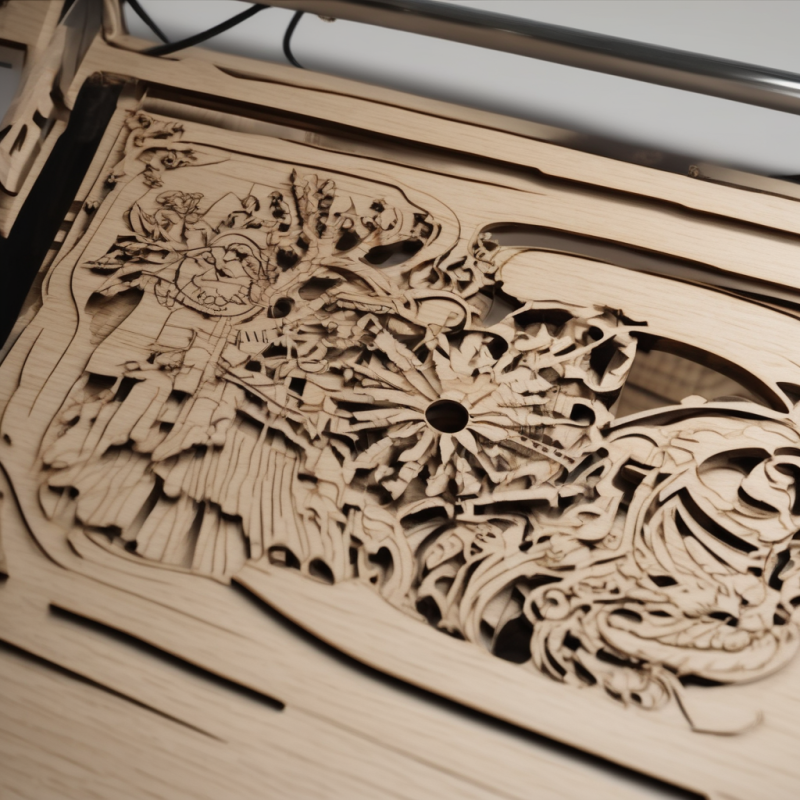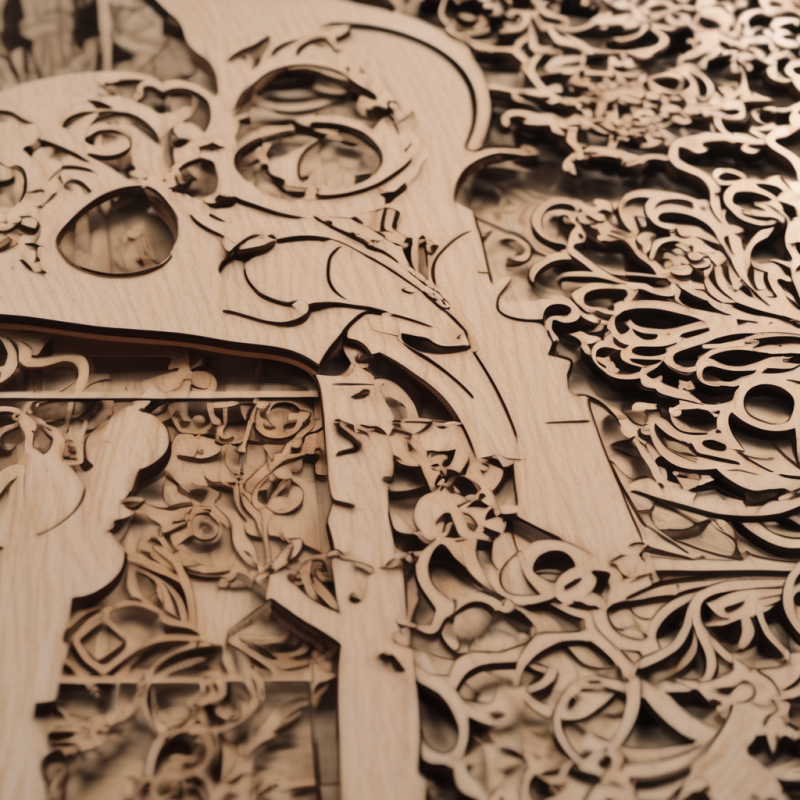The Ultimate Guide to Laser Cutter Metal: Precision and Efficiency
Have you ever wondered how modern manufacturing achieves such precise and intricate designs in metalwork? Enter the laser cutter metal, a revolutionary tool that has transformed industries by combining speed, accuracy, and versatility. In this comprehensive guide, we will explore everything you need to know about laser cutter metals, their applications, advantages, and more.
What is a Laser Cutter Metal?
A laser cutter metal is a cutting-edge machine designed to cut and engrave various types of metal with unparalleled precision. Utilizing high-powered lasers, these devices can create complex designs, patterns, and cuts on materials ranging from stainless steel to titanium. The process involves directing a focused laser beam at the material, which melts, burns, or vaporizes the area being worked on.
Why choose a laser cutter metal over traditional methods? Let’s dive into its applications and benefits.
Applications of Laser Cutter Metal
Laser cutter metals are incredibly versatile and find applications across multiple industries. Here are some of the most common uses:
- Metal fabrication: Cutting custom shapes and sizes for architectural components, furniture, and decorative items.
- Automotive industry: Producing precise parts like engine components and exhaust systems.
- Jewelry making: Engraving intricate designs on precious metals like gold and silver.
- Aerospace: Cutting lightweight materials for aircraft components.
- Signage: Creating custom metal signs with detailed engravings.
How does a laser cutter metal handle such diverse tasks? The answer lies in its advanced technology and flexibility.
Advantages of Using Laser Cutter Metal
There are numerous reasons why businesses are turning to laser cutter metals over traditional cutting methods. Let’s explore some key benefits:
- Precision: The laser beam ensures accurate cuts with minimal material waste, making it ideal for intricate designs.
- Speed: Compared to manual or mechanical cutting, laser cutting is significantly faster, reducing production time.
- Versatility: Capable of cutting various metals and thicknesses, from thin sheets to thick plates.
- Cost-effectiveness: Reduces material waste and lowers long-term costs due to its efficiency.
- Minimal setup time: No need for multiple tools or dies; the laser can handle a wide range of tasks with just software adjustments.
Is a laser cutter metal suitable for your business? Consider these advantages when evaluating your production needs.
How to Choose the Right Laser Cutter Metal
Selecting the right laser cutter metal depends on several factors, including budget, intended use, and required precision. Here are some considerations:
- Type of laser: CO2 or fiber lasers offer different capabilities depending on your material requirements.
- Power output: Higher power allows for cutting thicker materials but may be unnecessary for thinner metals.
- Software compatibility: Ensure the machine supports popular CAD/CAM programs for seamless design integration.
- Budget: Compare costs of different models, keeping in mind long-term savings from reduced waste and faster production.
What are the maintenance requirements for a laser cutter metal? Regular upkeep is essential to ensure optimal performance and longevity.
Maintenance Tips for Laser Cutter Metal
To keep your laser cutter metal running smoothly, follow these maintenance tips:
- Clean the machine regularly: Dust and debris can interfere with laser performance and accuracy.
- Inspect and replace consumables: Components like lenses, mirrors, and nozzles wear out over time and need replacement.
- Calibrate frequently: Ensure the machine maintains precision by performing regular calibration checks.
- Train operators properly: Proper training prevents accidents and ensures efficient operation of the equipment.
- Schedule routine inspections: Regular professional inspections can catch potential issues before they become major problems.
How often should you perform these maintenance tasks? It depends on usage frequency, but regular checks are always recommended.
Frequently Asked Questions About Laser Cutter Metal
Q: Can a laser cutter metal be used for non-metal materials?
A: Yes, some models can cut through wood, plastic, and other materials, making them versatile for multiple applications.
Q: Is it safe to operate a laser cutter metal?
A: When used with proper safety precautions, such as wearing protective eyewear and ensuring good ventilation, operating a laser cutter metal is safe.
Q: How much does a laser cutter metal cost?
A: Prices vary widely depending on the model and specifications. Entry-level machines can start around $10,000, while high-end industrial models can exceed $100,000.
Conclusion
The laser cutter metal is a game-changer for industries that demand precision and efficiency in metal fabrication. Its ability to handle complex designs, reduce waste, and adapt to various materials makes it an invaluable tool in modern manufacturing.
Are you ready to upgrade your production process with a laser cutter metal? By understanding its applications, benefits, and maintenance requirements, you can make an informed decision that aligns with your business needs.
For more information on how to choose the right laser cutter metal or to explore other cutting-edge technologies, visit today!





